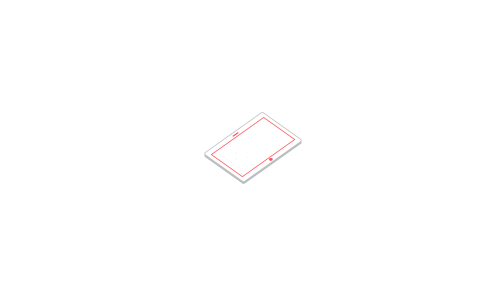What if we went back to the basics? Do you really know what a PIM is and what it is used for? Find out everything you need to know about PIM (Product Information Management), the platform for centralizing and managing product information, and its main uses.
Product data management: a major challenge in an omnichannel world
Manufacturers, brands or even retailers are nowadays required to manage a large number of product references. A multitude of references that differ from one another, in terms of product universe, models, sizes, etc.
Moreover, the multiplication of distribution channels forces these companies to be present everywhere, whether in physical points of sale or online, via drive and e-commerce platform, or marketplaces, while guaranteeing the relevance of the information delivered to the end consumer, who is increasingly concerned about the products he consumes.
In order to effectively meet these expectations, the product information that circulates through all distribution channels must be of high quality, relevant and consistent. But when these channels are as numerous as they are today, everything is not so obvious. The multiplication of channels leads proportionally to a multiplication of data and product information. Therefore, product data management has become an essential issue for companies.
Product data management: a time-consuming task
Although managing product information and data is becoming a major challenge for companies today, this onerous task can be very laborious depending on the way it is carried out. Maintaining and updating heavy Excel files that are difficult to use, the numerous dispersed or obsolete data associated with the multiplication of non-collaborative tools, leads to real team fatigue.
A weariness regarding a time-consuming and unproductive work also leading, de facto, to a decline in the quality and fiability of the product data disseminated to all distribution channels. The lack of an overall view of product repositories and their performance, the relatively long time to market, the negative impact on sales linked to a poor quality of product information, the tedious and time-consuming daily work for all the company's teams, the difficulty of exploiting the data (searches, extractions, audits ...) are all reasons why companies are turning to PIM today.
So, what is a PIM? (Product Information Management)
The PIM is a product information management solution designed for manufacturers, brands, retailers, wholesalers, and importers. Its objective is to optimize the management, enrichment and distribution of electronic product sheets and catalogs.
How does it work? The PIM platform centralizes all product data: marketing, pricing, logistics, technical, INCO, photos, videos, translations... By centralizing all this information on a single platform, there is no need to resort to Excel files or other documents. Once this product information is centralized, the PIM coordinates the management and distribution of this data to all sales channels: e-commerce sites, websites, marketplaces, etc. Any data update will only be done once, in a single location. The PIM solution also allows you to implement management rules to facilitate data entry, to calculate data automatically and to ensure their completeness. This guarantees that all the data distributed is up to date, especially the data delivered to the end consumer, which contributes to the act of purchase.
Optimize product data management with PIM
The PIM platform allows you to aggregate product information internally to facilitate its distribution and marketing. It unifies the data and content related to a product across all sales channels. All the teams of a company have access to a single tool that manages content, modifications, technical and logistical information, etc.
The PIM also ensures that the data is exhaustive, up-to-date, and distributed to everyone throughout the product's life cycle. The information in the PIM is updated and therefore reliable. In a collaborative approach, changes related to the life of a product can be updated by all teams to ensure optimal transparency and in real time with retailers. Each modification made to the PIM is recorded, synchronized and available at 360°.
Thanks to a PIM solution, it is possible to define specific parameters according to the standards of each industrial sector and thus to deliver standardized and structured information. Data structuring is one of the main advantages of PIM, because the language is adapted to each business. Thus, all the actors in the value chain understand each other and use the same definitions for the same data.
In short... By turning to a Product Information Management solution, companies ensure a homogeneous and reliable information base, not limited to technical data. The entire value chain benefits from the advantages of PIM. Productivity and time savings, enhancement of the product offer thanks to enriched and updated content, simplified and calmed commercial relations, accelerated product referencing, the PIM is a constant exchange of data allowing to gain in efficiency!
And you, where do you stand?

